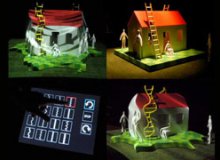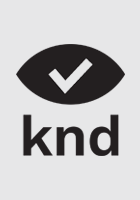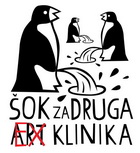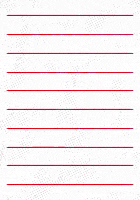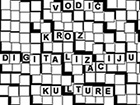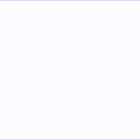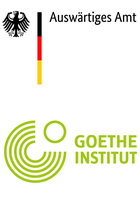The Museum of Corruption Participatory Art Project
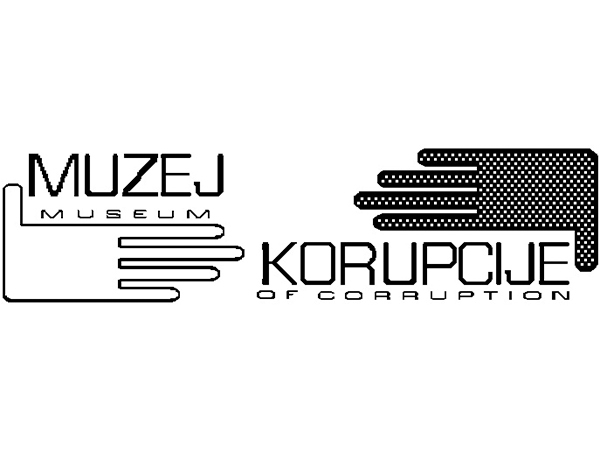
The Museum of Corruption (MoC) is a participatory art project that Zemunski mali umetnički centar - ZMUC has been implementing since 2016 in various formats and geographical, cultural and political contexts. This project will open debate in six Serbian cities next year, starting with the creation of an "Illustrated Guide through Corruption for Beginners", in collaboration with students and professors at Fine art Faculties and High Schools in Belgrade, Kragujevac, Aranđelovac, Niš, Čačak and Novi Sad.
Being supported by Foundation for Open Society Serbia, together with Tandem Ukraine (D) program and Center for Artistic Activism (USA), Muzej korupcije (Museum of corruption - MoC) will be realized, apart from Serbia, in Sarajevo (BiH), Chernovtsy (UA) and Galati (ROU) gaining international focus.

Kasja Jerlagić, illustration (text translated from Bosnian - If politicians treat you like children then you treat them like an elderly relative: place them in an institution, do not return calls and act as if Tito is still alive)
Online platform museumofcorruption.net will contain previous activities in Montenegro, as well as in Budva, "the capital of corruption ", together with nine cities in Serbia, Bosnia and Herzegovina, Ukraine and Romania, while the museum of corruption.net will be a network of similar initiatives worldwide.
Currently the most attractive one in the region is Dario Juričan´s Museum of corruption in Zagreb(CRO) but similar programs with different concept exist in Romania, China, USA, Thailand, as well as in Republic of South Africa where ZMUC will present its concept at the University of Stellenbosch and collaborate with artist Anton Kannemeyer, the author of Alphabet of Democracy.

Residency at ARC Tara: Viorica Badea, Andriy Tuzhykov, Goran Denić
During eight months, team will create a database for corruption practices related to museum departments (institution, language, personality, data, time and culture), in which the video interviews with anti-corruption organizations will be an integral part. The entire material will be a basis for developing collaboration with art students in this participatory project. A public call for artists in all media will be published and the selected works will be printed on billboards in Belgrade.

Museum of Corruption in Budva, Montenegro 2017, a work by Goran Jokanović
Museum of Corruption (MoC) is a transnational interdisciplinary platform for researching, contextualizing and displaying a virtual collection of corruption mechanisms, both in legal and in an ethical sense through practical, theoretical and critical assessment using contemporary museology methods. Aiming to bring back trust to the integrity of institutions and mechanisms of democracy by treating critically the phenomenon of corruption, the project assembles different organizations and individuals from seven European countries.
MoC aims to reframe the notion of corruption from abuse of power to the moral inability of individuals to put the wellbeing of the community above their own interest. It invites personal ethics to work for the common good.
Following up on the idea of museums as “cemeteries of art” (as held by Malevich, Soviet Avant-Garde, Italian Futurism) i. e. the places where art ceases to exist by being displaced from real-life contexts, the project intends to, by manipulating the notion of corruption, museum and contemporaneity, move corruption from real-life situations into a museum setting – and bury it there.
Museum of Corruption recently launched the Open Call for Researchers who will assist with the planning and conducting of social/ethical/cultural experiments of this conceptual art project.
Museum of Corruption is initiated by partners from ZMUC from Serbia, Zeta from Albania, Areadne from Greece, OpenHub from Romania and Laboratory for Culture Research from Ukraine to facilitate physical and digital interaction of different generations of European artists and audiences.
(SEEcult.org)


